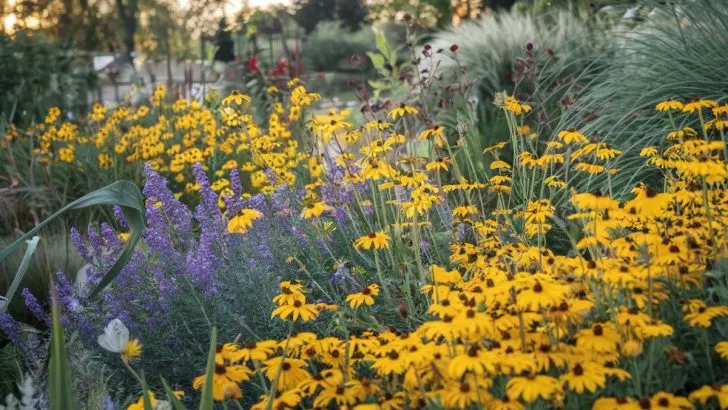If you’re dreaming of a vibrant garden next spring, fall is the perfect time to get your hands dirty! Many gardeners mistakenly believe that perennial plants can only be introduced to the garden in spring.
While this might be a popular notion, in reality, fall offers a golden opportunity to plant a variety of perennials. Not only do these plants return year after year, but planting them in the cooler months allows them to establish roots without the stress of summer heat. So, shall we dig in?
Planting in autumn isn’t just a last-minute effort to salvage leftover seedlings. It’s a strategic move, allowing plants a head start as they settle in for a restful winter, preparing a robust root system.
So, when the first warm rays of spring sunshine appear, these plants burst into life. The cool, consistent moisture of fall offers ideal conditions to nurture these plants. Plus, you get to skip the sweaty work of spring planting. Score!
1. Astilbe: The Feathered Florals
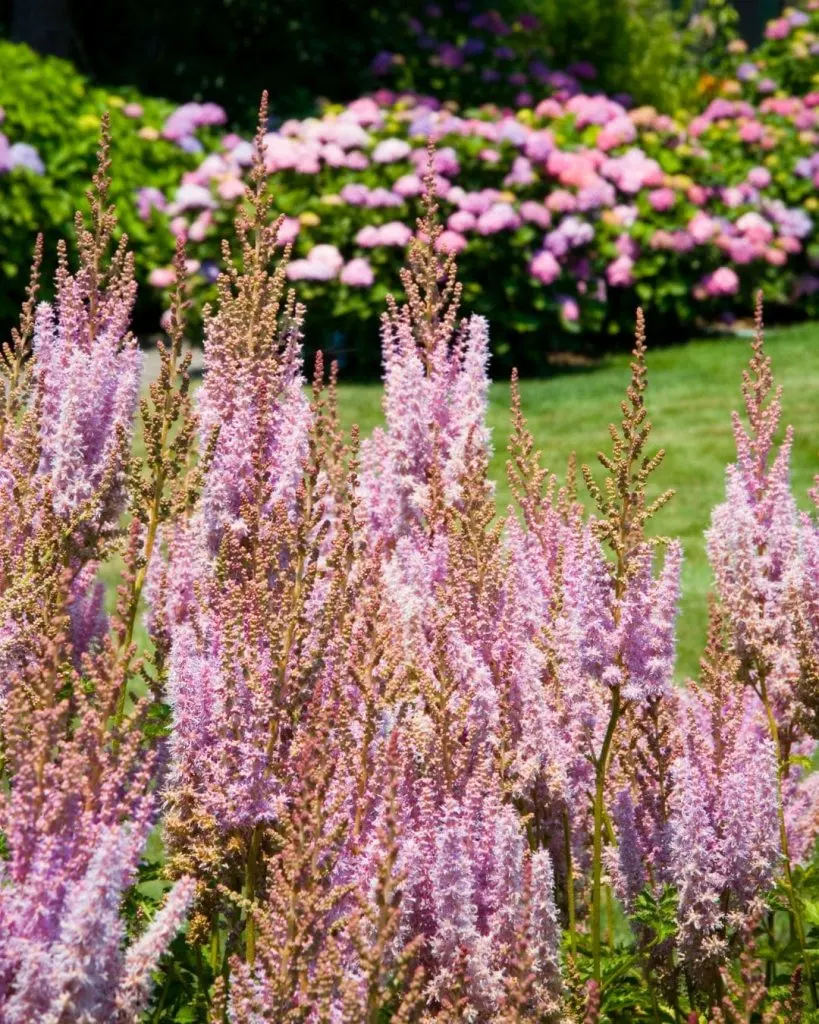
Have you ever seen a plant that looks like it’s been plucked from a fairy tale? That’s Astilbe—beloved for those feathery, plume-like blooms that dance in the breeze.
Tucked into a shaded corner or a pretty pot, they transform any dull spot into a spotlight. Imagine blooms kicking off in the spring and persisting through the summer, painting your garden like a watercolor masterpiece.
Astilbes adore moisture, a bit like a duck loves water. So, keep them well-watered, or plant them in a spot that stays naturally damp.
Some popular varieties like ‘Color Flash’ and ‘Purple Rain’ not only sound like rock concerts but also bring that same level of excitement. Perfect for USDA zones 4-9, these are an absolute must-have if you want drama without the diva.
2. Azaleas: Spring’s Early Birds
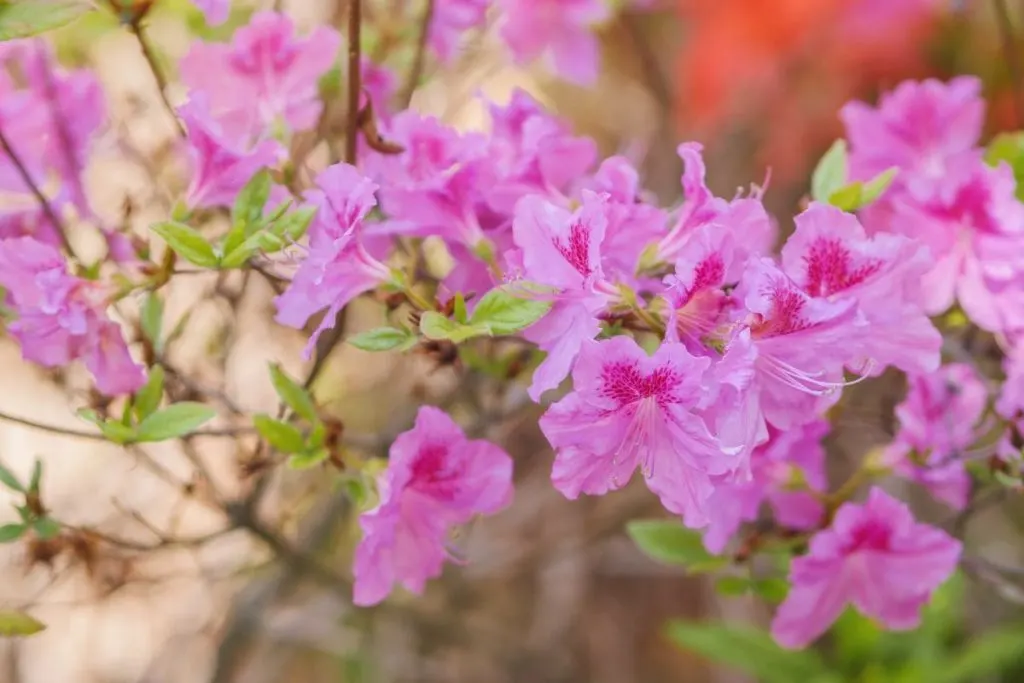
If you’re the kind of gardener who can’t wait for spring’s first blooms, Azaleas are your best bet. These early risers will have your garden buzzing with color right when winter says its last goodbye.
Plant both evergreen and deciduous species in the fall for a show-stopping spring performance. Think of them as the Broadway stars of the plant world, dazzling your garden with a plethora of colors.
While most Azalea varieties thrive in USDA zones 6-9, some newer hybrids have enhanced cold tolerance, allowing gardeners in cooler areas to enjoy their vibrant hues. Cultivars like ‘Coral Bells’ and ‘Fragrant Star’ invite not just the eyes but noses into the garden with their sweet scents.
The bloom-a-thon series will have your garden bursting with color long enough for you to contemplate getting a Grammy—er, gardening award!
3. Coneflower: Birds and Blooms
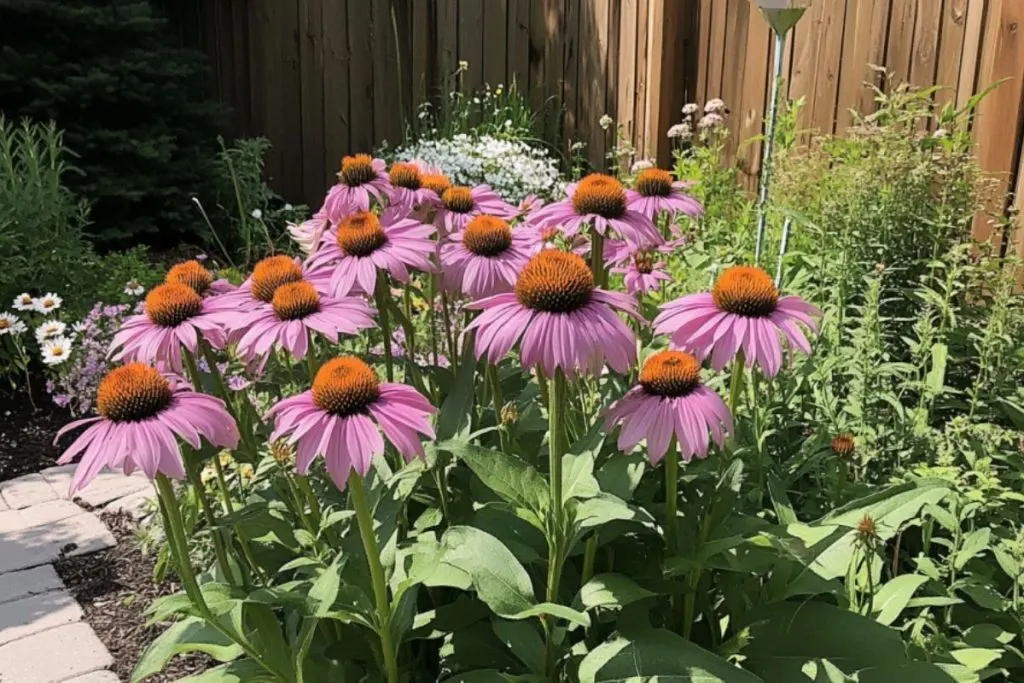
Coneflowers are quintessential wildflowers that seem to whisper sweet secrets to the wind and sing songs to the bees. These native beauties are not just a treat for the eyes; they’re a sanctuary for pollinators.
Hardy in USDA zones 4-9, they bring a delightful splash of color and serve up a feast for visiting wildlife all through late summer and into fall.
Imagine a garden bed filled with these vibrant blooms, drawing butterflies and birds like a scene from a Disney movie.
They’re also incredibly easy to care for, making them a favorite among both novice and seasoned gardeners. Not just a flower, the Coneflower is a full-on garden ecosystem!
4. Dogwood: The Understated Elegance
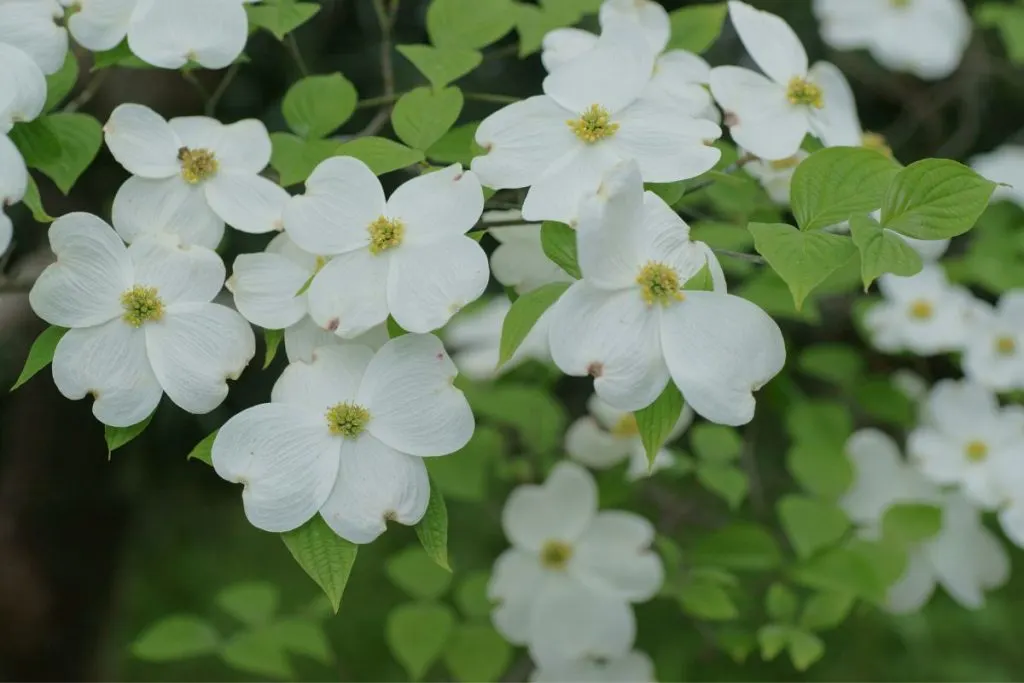
In the world of perennials, Dogwoods are like the Audrey Hepburns—classically beautiful with an understated elegance that captures the heart.
While perennial planting often conjures images of flowers, let’s not forget these flowering shrubs and trees. Their early spring blooms and vibrant late-season colors are sure to add layers of interest to your garden.
Fall is the perfect time to welcome Dogwoods into your garden fold, allowing their roots to develop sturdily over the colder months.
Varieties like ‘Kousa White’ and ‘Miss Satomi’ not only bring eye-catching blossoms in spring but also spectacular foliage color in fall. Hardy in USDA zones 3-9, they are the multi-season stars you’ve been looking for!
5. Coral Bells: The Foliage Fanatics
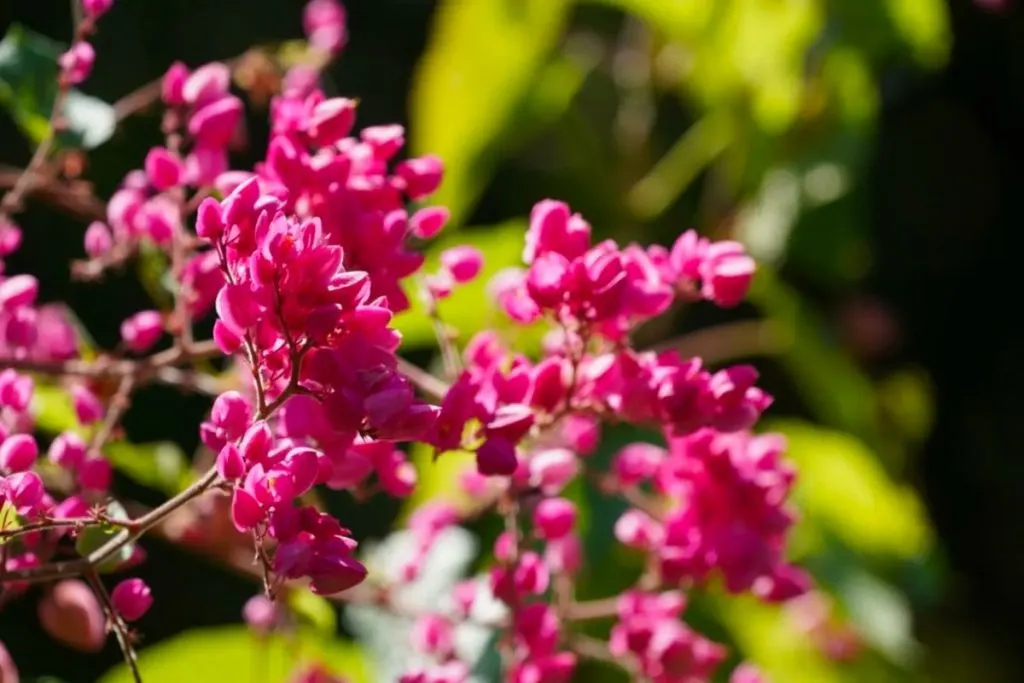
If flowers are the stars of your garden show, then Coral Bells, or Heuchera, are the versatile supporting cast that deserve their own fan club.
Known for their stunning foliage that ranges in color and pattern, they’re the leafy divas that make both containers and shady beds pop.
While they do flower, it’s really their leaves that steal the show, adding dimension and color to any space. Ideal for USDA zones 4-9, they make an excellent ground cover, bringing structure without fuss, year after year.
Get lost in the beautiful tones of ‘Caramel,’ ‘Palace Purple,’ and ‘Picasso’ and let your garden whisper the secrets of perennial beauty.
6. Hydrangea: The Garden’s Reliable Performer
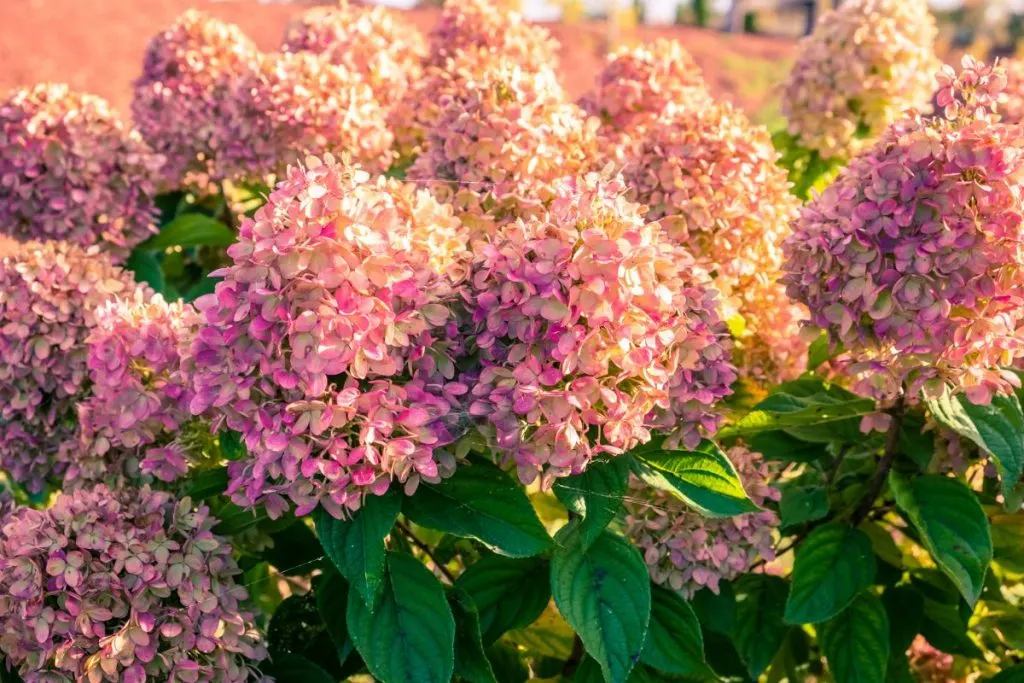
Hydrangeas are the stalwarts of any respectable garden, known for their big, showy blooms that seem to invite you to take a closer look. Planting these hardy perennials in fall means you’ll be rewarded with an abundance of flowers come summer, without the pressure of spring planting chores.
These plants thrive in USDA zones 3-9 and offer a variety of choices like the ever-popular ‘Blue Danube’ and ‘Firelight.’ From mopheads to paniculatas, they’re versatile, suiting any garden style. Plus, they double as a source of sentimental nostalgia, as they often rekindle fond memories of gardens past.
7. Phlox: The Towering Beauties
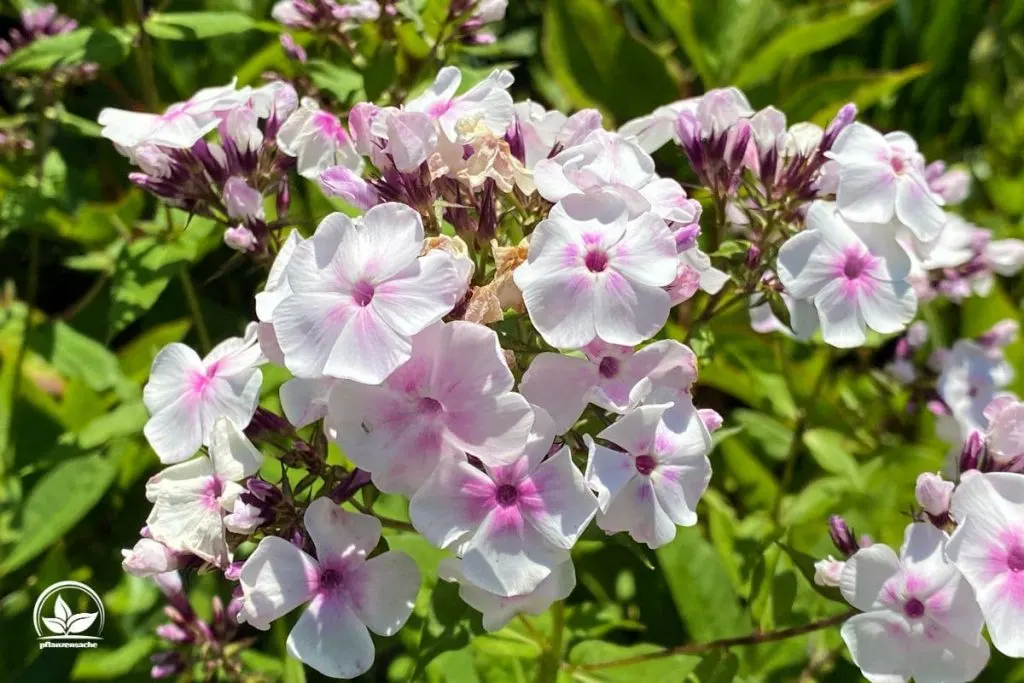
Phlox is your go-to plant when you’re looking to add height and drama to your garden palette. Great for mixed borders or even as standalone statement pieces, they offer an array of colors and textures that can transform a garden from meh to magnificent.
While these plants are typically quite robust, be mindful of the common plight of powdery mildew—think of it as your garden’s version of catching the flu. But with varieties like ‘Blue Paradise,’ ‘Candy Stripe,’ and ‘Nicky,’ you’ll quickly see why these beauties are worth the extra care.
8. Sedum: The Low-Maintenance Marvel
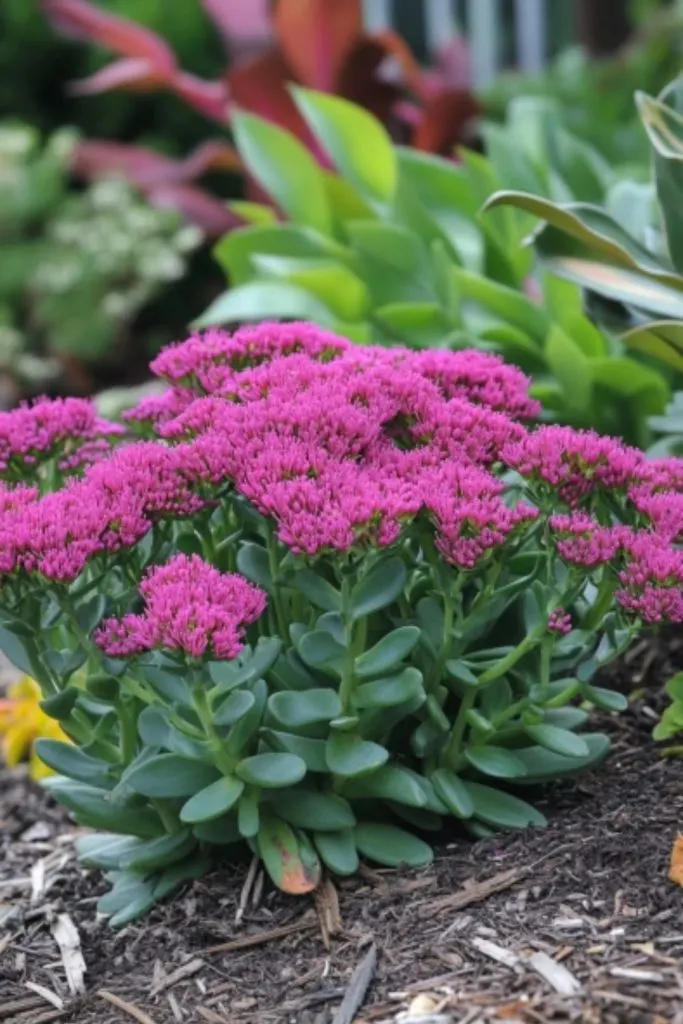
For those who crave beauty without the constant upkeep, Sedums are the unsung heroes of waterwise and low-maintenance gardens. Perfect for regions that face harsh summers and drought conditions, these plants thrive with minimal care.
By planting sedums in the fall, you give them a strong start without the harsh glare of summer sun. With USDA zones 3-11, they’re versatile enough to suit almost any climate, offering your garden an edge of low-maintenance style that won’t break the bank—or your back.
By embracing the season of falling leaves and pumpkin spice, you can ensure a spectacular garden awaits you when spring arrives. So grab your gardening gloves, and let’s bring these perennials to life! After all, a garden is the best excuse to play in the dirt. Happy planting!

